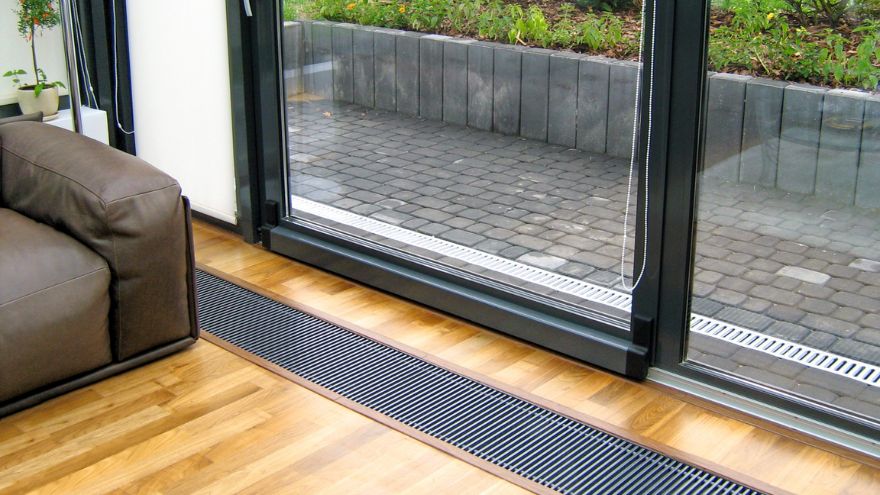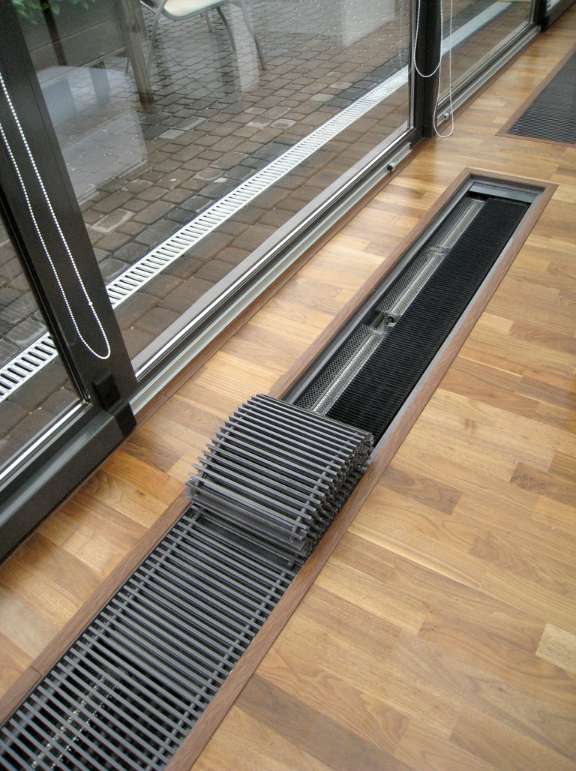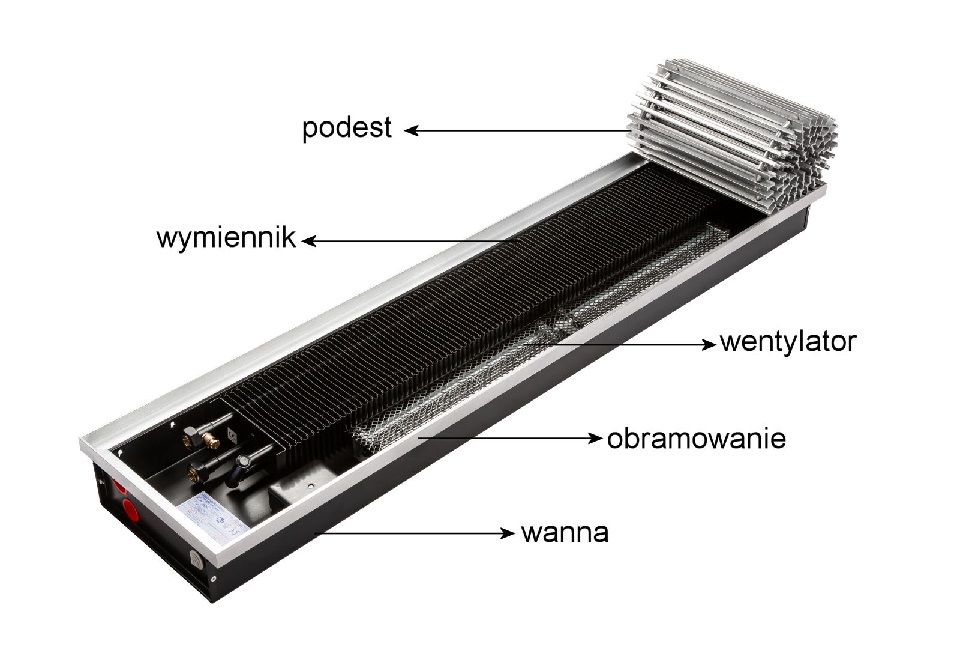Channel heaters are becoming more and more popular and more and more people are choosing an underfloor heating system. It is not only an extremely functional solution, but also fits perfectly into a modern interior design. Today we will present you the principles of controlling a trench heater.

Check out Regulus trench heaters at the Onninen wholesaler
Control systems for trench heaters
The Regulus brand deserves attention. These products are distinguished by their extraordinary durability and effective operation. Regulus duct heating systems are perfect for energy-efficient buildings, both homes and public places. This is a solution that gives you the opportunity to choose a heating strategy, so it is very easy to match it to your lifestyle. It is worth noting that the control systems are very easy to use.
 They allow you to quickly change the temperature, which of course translates into lower heating costs. Not without significance is the fact that the radiator itself, i.e the exchanger has a copper-aluminum structure, which is characterized by low water capacity. Thanks to this, trench heaters operate very effectively and provide thermal comfort with low heating costs. For example, you can choose radiators with a fan, controlled by a bimetallic thermostat. It controls the operation of the fans in the on/off mode. The thermostat is intuitive to use and has LED backlight.
They allow you to quickly change the temperature, which of course translates into lower heating costs. Not without significance is the fact that the radiator itself, i.e the exchanger has a copper-aluminum structure, which is characterized by low water capacity. Thanks to this, trench heaters operate very effectively and provide thermal comfort with low heating costs. For example, you can choose radiators with a fan, controlled by a bimetallic thermostat. It controls the operation of the fans in the on/off mode. The thermostat is intuitive to use and has LED backlight.
Another control method is a room thermostat connected to the control system. This method allows for manual or automatic control of the fan speed. There are many possibilities. It is worth noting that all models with a fan characterized by very low power consumption. An interesting choice is duct heating with natural convection, i.e. not supported by a fan. It responds to every impulse and begins to heat the room very quickly. This solution will work best in systems equipped with a wireless thermostat with a thermal actuator or a simple thermostatic head with a capillary. All you need to do is set a specific temperature to control the operation of the radiator.
Construction of a channel radiator
The trench heater has a characteristic structure. It consists of a system of horizontal copper pipes connected with copper collectors. Aluminum fins are mounted on horizontal pipes, which create fully closed so-called "convection chimneys". The radiator (also called an exchanger) is placed in a bathtub made of galvanized sheet metal, which is embedded in a heating channel in the floor.
 Apart from copper and aluminum a fan can also be installed in the bathtub exchanger. The whole thing is covered by an openwork aluminum platform, and because the radiator and bathtub are painted black, the interior of the canal set is practically invisible.
Apart from copper and aluminum a fan can also be installed in the bathtub exchanger. The whole thing is covered by an openwork aluminum platform, and because the radiator and bathtub are painted black, the interior of the canal set is practically invisible.
They are also an interesting choice platforms made of oak or beech wood. How is heat emitted? Heat is released through natural convection - this applies to Regulus radiators of the Solo, Duo, Quattro series, as well as through fan-assisted convection, and here we recommend Triovent and Quatrovent radiators.
Installation of trench heaters
Trench heating should be installed linearly. This is most often done along large glazing, in a specially prepared recess in the floor - the so-called channel. Remember to leave some free space in the channel under and around the bathtub. It ranges from 2 to 5 cm. Space is needed to insulate the channel bathtub with e.g. polystyrene. It is important to take this space into account from all sides.

The channel set is screwed to the supporting substrate, most often using mounting anchors. The bathtub level is adjusted using special leveling screws placed in each corner of the bathtub. If small spaces appear around the bathtub, they can be filled with liquid concrete or low-pressure assembly foam. Both solutions transfer loads very well. You can install channel heaters under large glazing, but also under balcony doors, preferably at a distance of 0 to a dozen or so cm from the window frames.